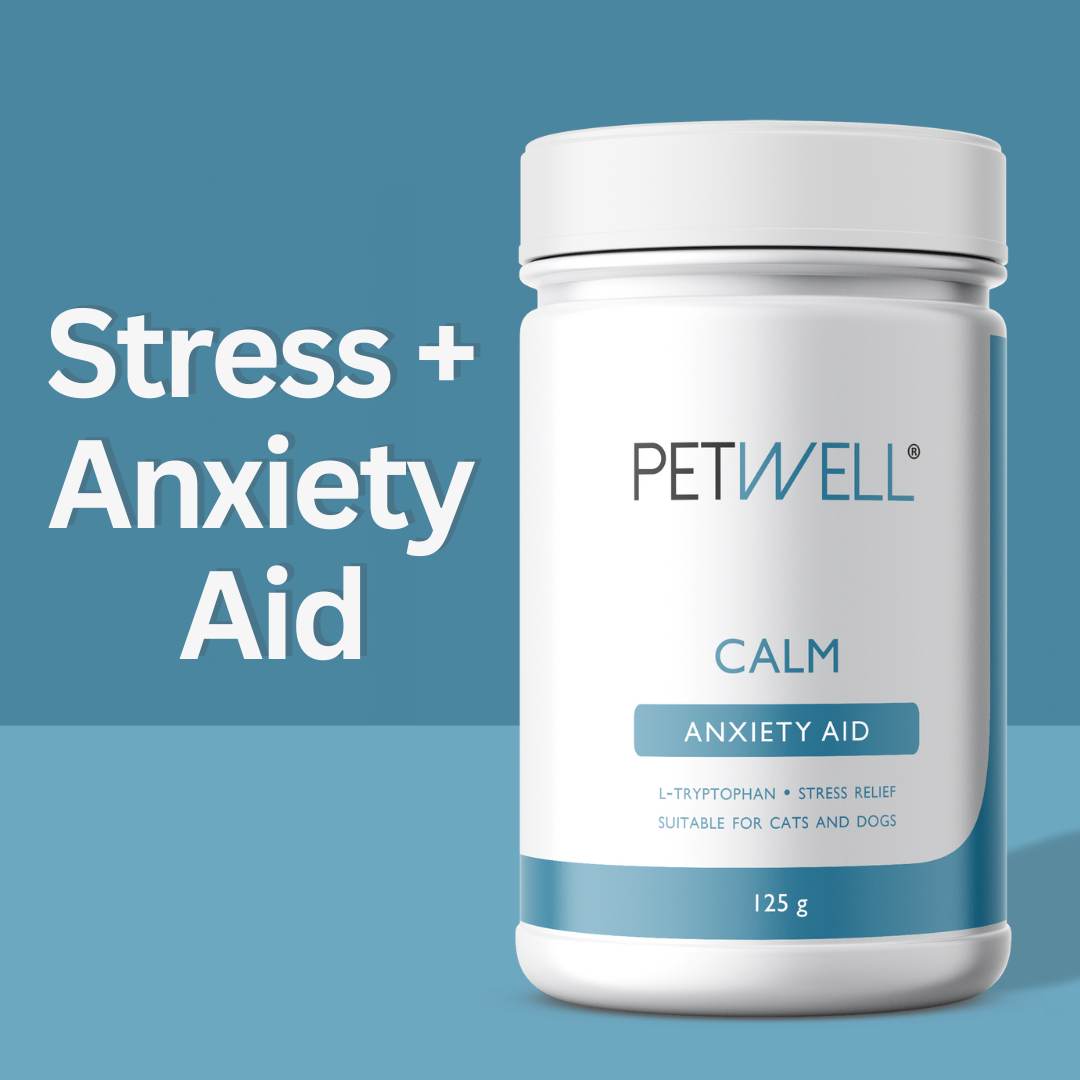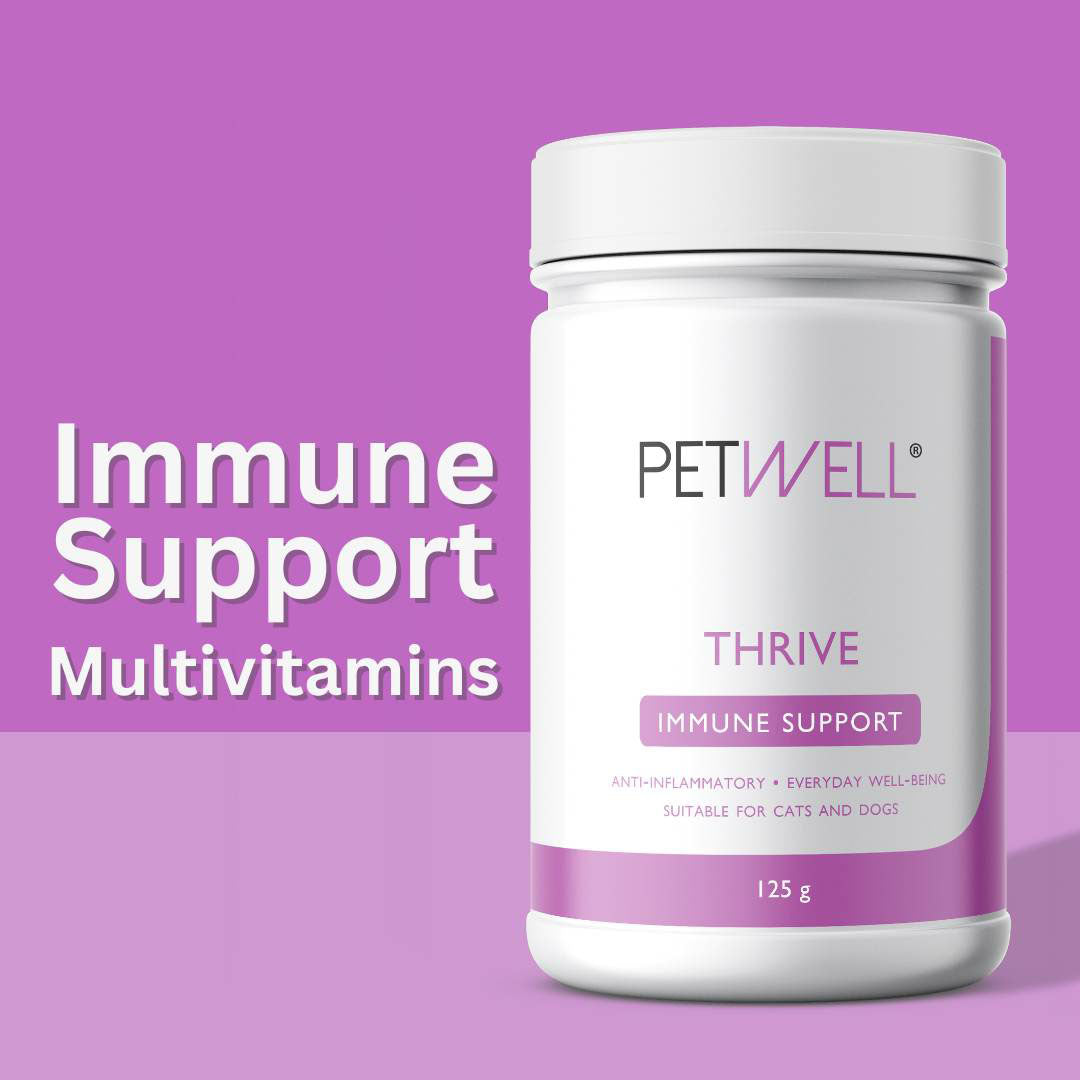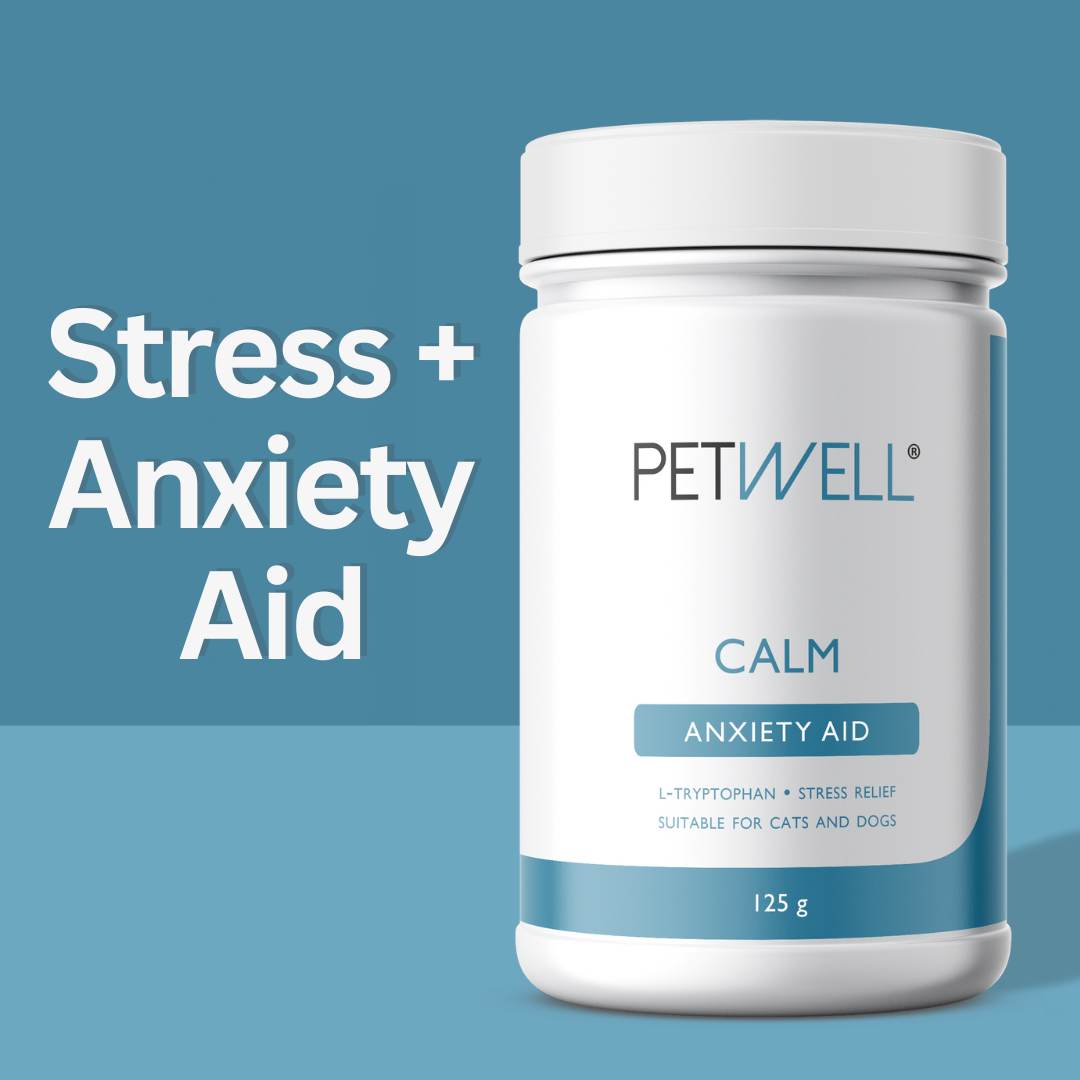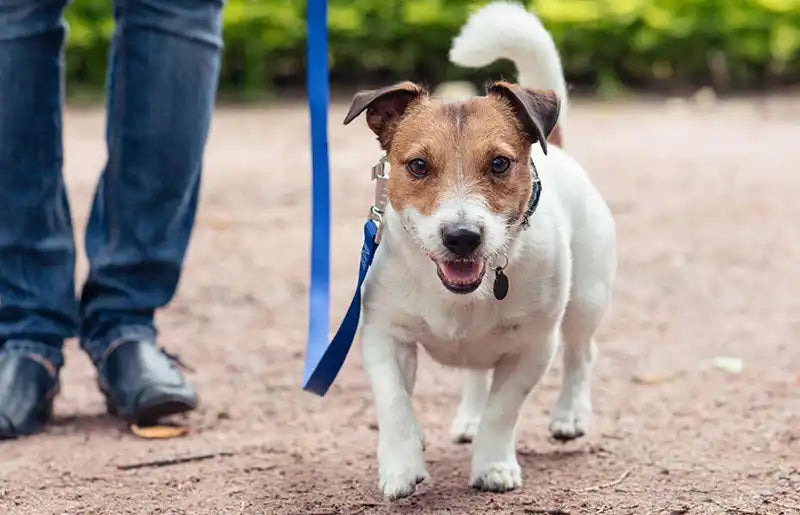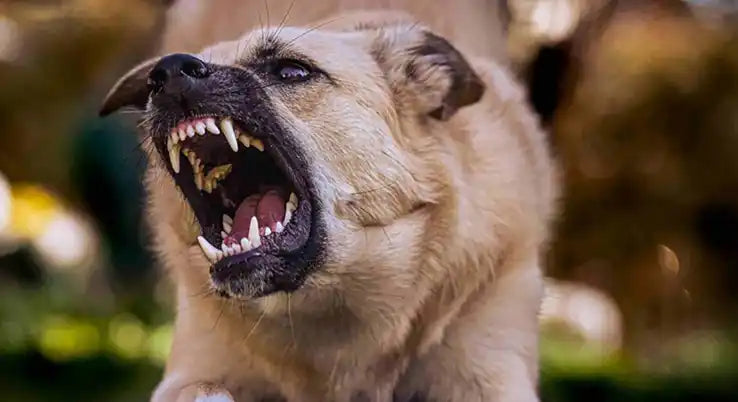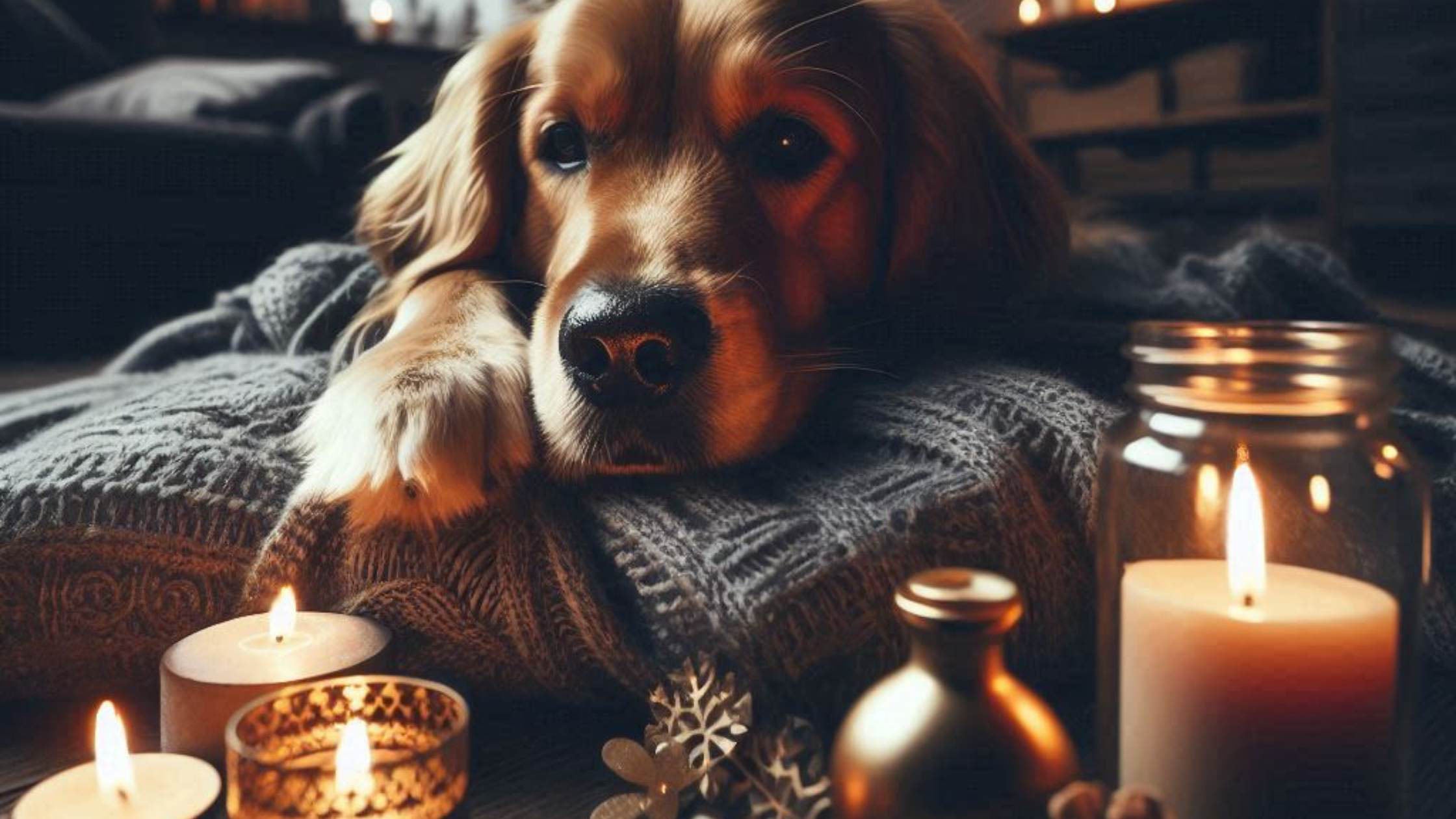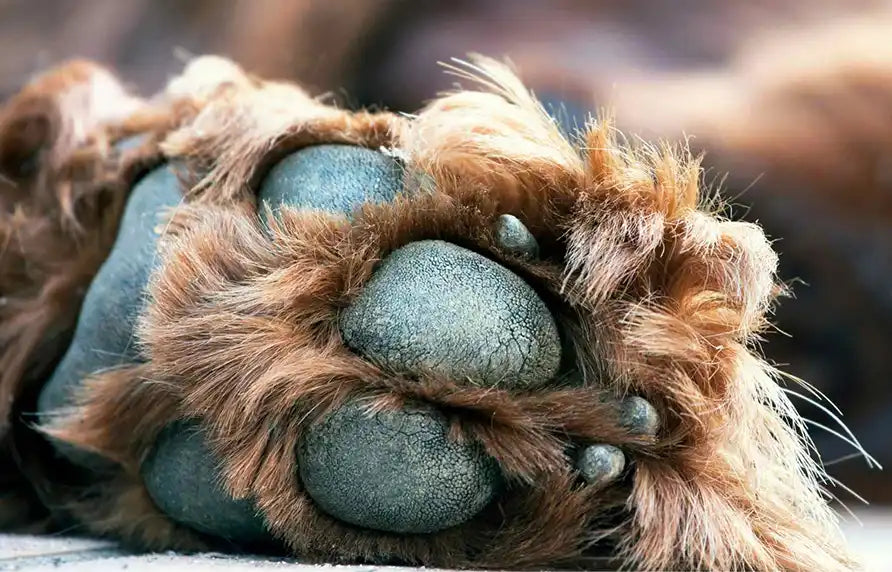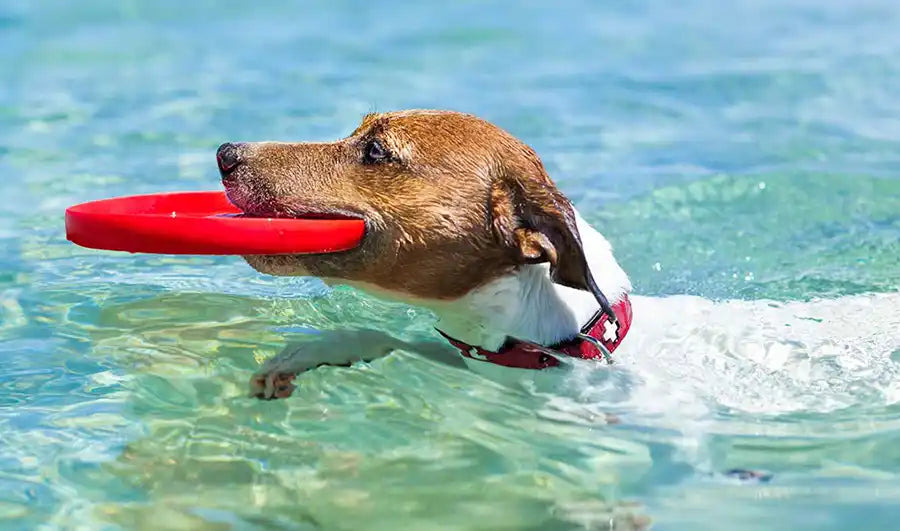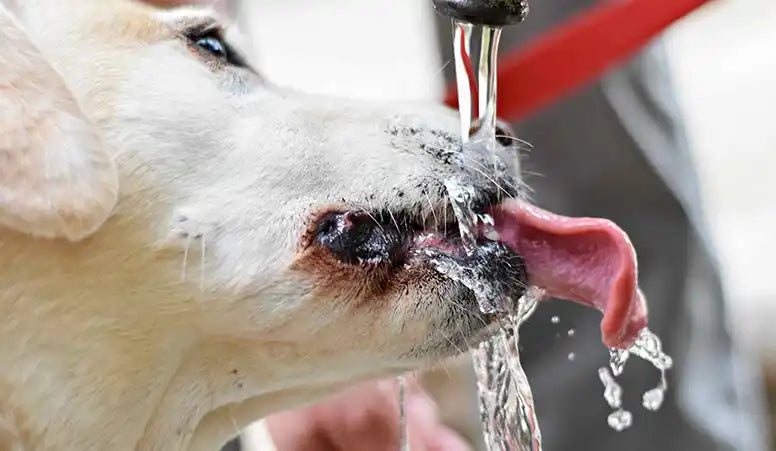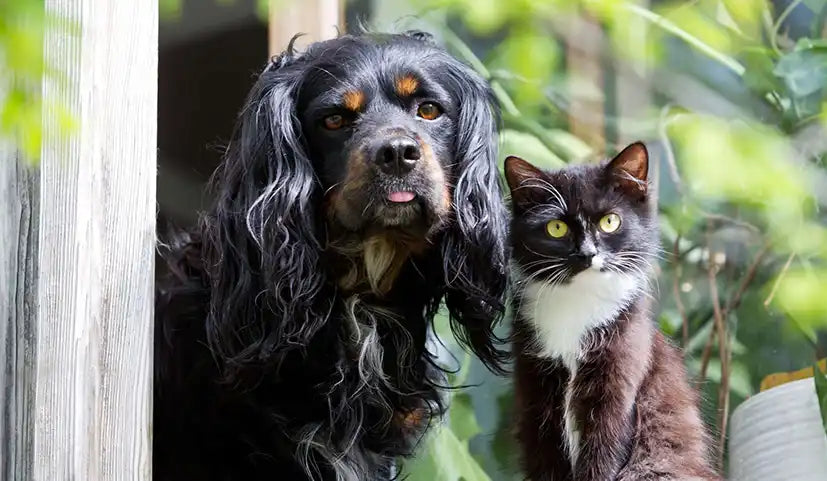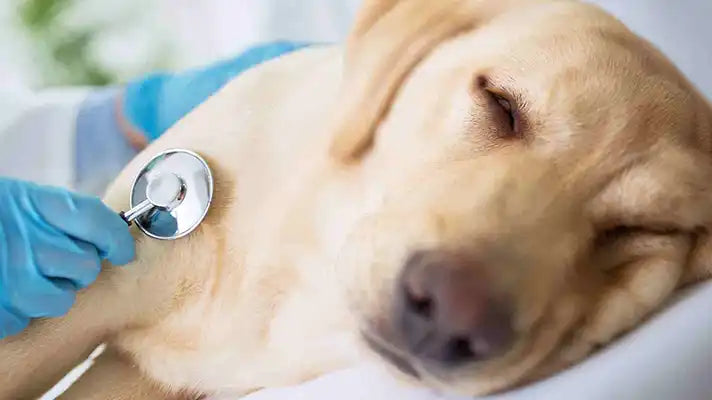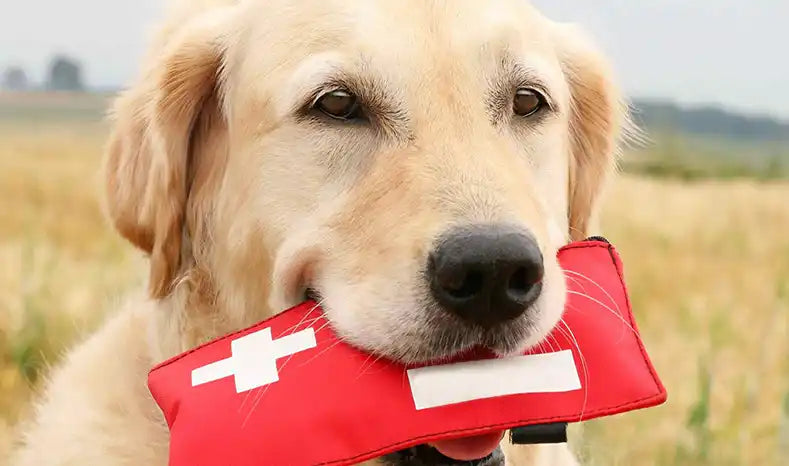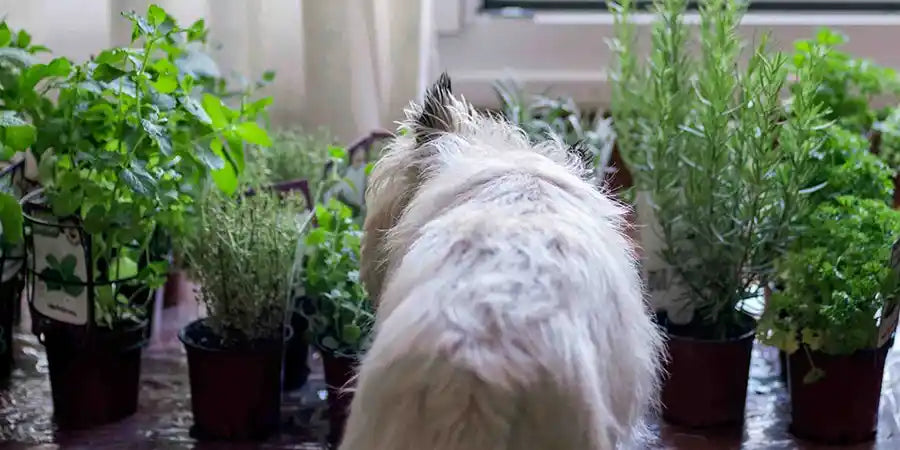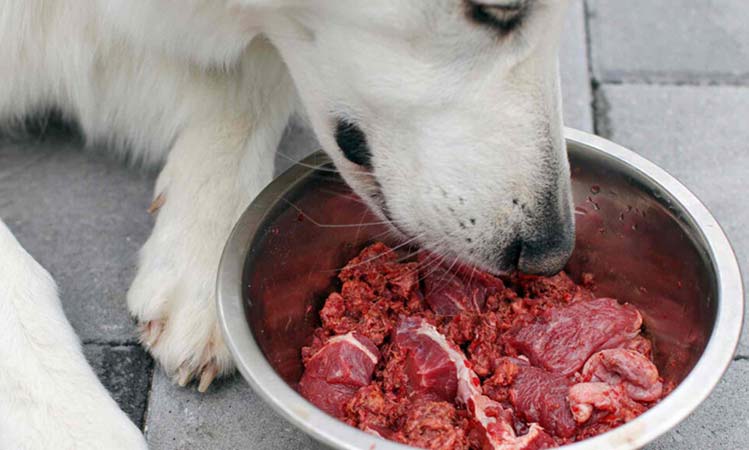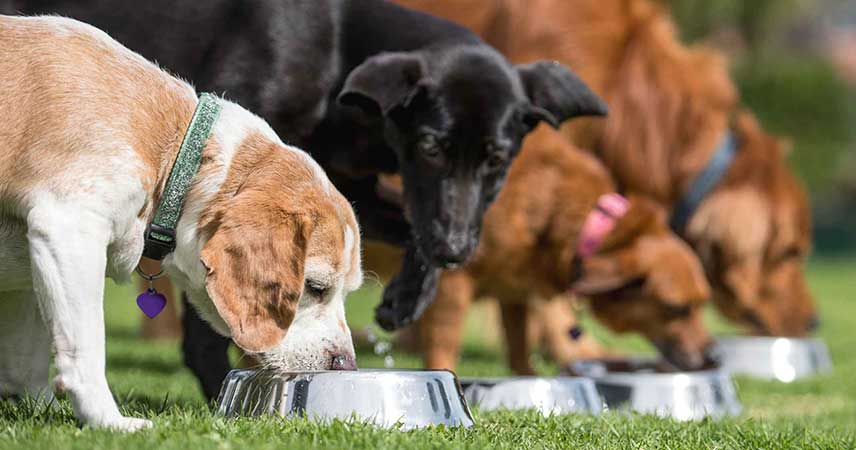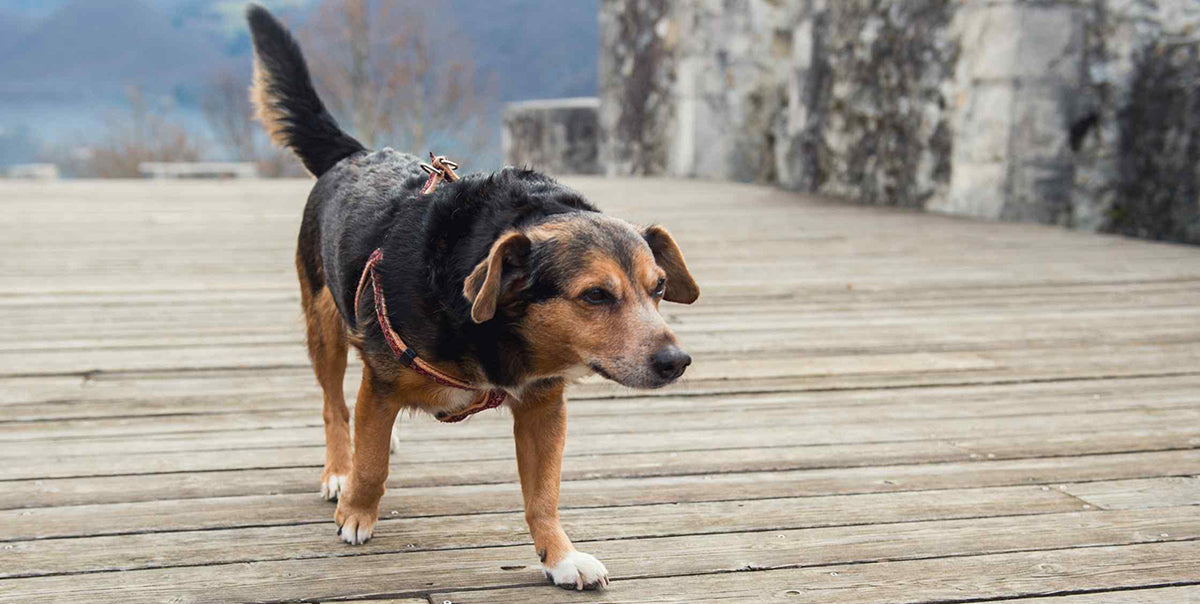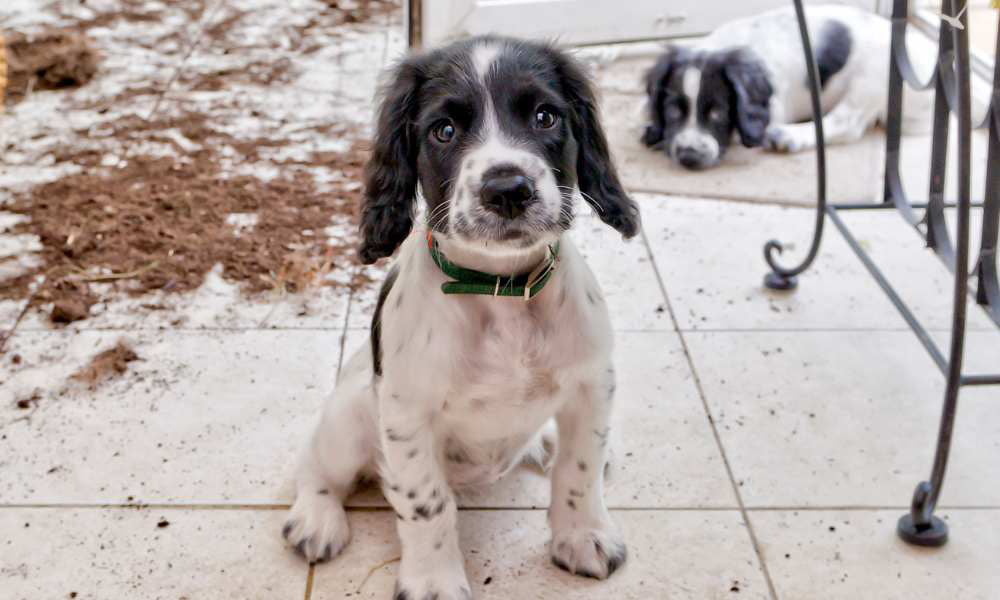Understanding dog play behaviour is not complicated when you understand how dogs interact with each other. Often, worried dog owners mistake normal play fighting with aggression as their dog plays with another dog. This is because we project our social behaviours onto our dogs. In fact, their definition of play is very different to humans and it’s important to know what that looks like.
From the minute puppies open their eyes (around 2 weeks of age) they begin playing with their siblings, wrestling, pawing, and nipping each other. This is part of their socialisation and learning.
As puppies venture out and meet other dogs – big and small, the play continues and the education for these puppies start. Older dogs will teach the younger ones how to behave. They teach them manners and boundaries by correcting their behaviours, as well as better socialising and bite inhibition.
For all these reasons it’s very important to allow play fighting. Play fighting for dogs of all ages is fun for them!
Know the Difference Between Play Fighting and Aggression
Should you step in if two dogs are wrestling and it appears too rough to you? With wrestling, growling, and biting on each other's neck, how can you determine whether a dog is fighting or playing?
For the untrained eye play fighting and aggression can look very similar. It can be hard to tell the difference, especially if one dog yelps.
Put things in context; some of these behaviours on their own can mean different things, but collectively these behaviours all point to FUN! |
Canine Play Behaviours That Are Playful and Fun
Play Bow:
You may know this as the downward dog yoga position. This is where a dog’s front paws are bent, with its butt and tail in the air. This can be accompanied by repeated barking and with their front paws tapping on the ground to get the attention of the other dog, inviting them to play.
Bouncing:
During rough play, dogs who are having a good time exaggerate their body bouncing - a sign that they are enjoying themselves. Additionally, it's a sign that dogs are simply playing when they jump on each other.
Smiling:
Nothing says “I’m having fun” more than an open-mouth smile.
Play biting:
This is the hardest behaviour to get our heads around, we think biting or nipping of any kind is bad. Not true for dogs. In the context of play, gentle biting and nipping whilst wrestling and chasing each other is a preferred form of play fighting. If the dog receiving the nips isn’t enjoying the play, it will let the other dog know by yelping or simply by stopping the play.
Vocalisation:
Loud, exaggerated growling and barking in the context of play shows enjoyment and encourages more play. Sometimes a dog's teeth can be exposed also.
Tag:
Dogs will take turns in dominating each other and chasing each other during play. They will roll over and show their belly, allowing them to be caught in a game of chasing so they can take their turn to chase.

If you see these behaviours when your dog is engaged with another dog, or they keep going back for more, you can rest assured that your pooch is having fun!
We now know what play behaviour looks like. It is more important that we know what aggressive behaviour looks like.
Aggressive Behaviour During Play
Stiff posture and heckles up:
When a dog is focused on a situation, whether it’s aggressively defending, alert or dominant, it will stand tall, and its tail will be stiff and upright, with its heckles up.
Intense stare:
When a dog looks at another dog with a focused, narrowed gaze with an intimidating, cold stare.
Rigid movements:
Quick and efficient movements towards the other dog. This includes lunging unexpectedly.
Snapping:
Snapping, nipping, or biting another dog when they are not engaged in play.
Chasing:
Continued chasing or charging at a dog when it’s not engaged in play.
Vocalisation:
When the dog has a low warning growl whilst its mouth is closed or while they are showing its teeth. This will be accompanied by an intense stare.
Read more on what causes canine aggression.

It is our responsibility as pet owners to notice these behaviours in our dogs as well as other dogs.
If you see these behaviours in other dogs, do not allow your dog to approach. And if your dog shows these behaviours towards another dog, take your dog and walk away
Signs That Say "I Don’t Want to Play"
- A dog who is not interested in play will ignore other dogs.
- They will not go back for more if they have had enough play or are agitated.
- They will turn their back to the other dog.
How to Handle a Dog Showing Aggression Signs
If you notice your dog or the other dog showing any of these signs, intervene and remove your dog from the situation.
- Do not force your dog to play with others. This can lead to aggression and serious injuries if they get into a fight.
- Don’t yell or step between the dogs as this could result in you being hurt. This can also make the fight between the dogs more aggressive because your dog now thinks it needs to protect you.
- Instead, distract your dog by using the recall command and show them a treat.
In order to prevent a dog fight, it is best to recognise the warning signs of potential conflict and to act quickly and calmly to separate the two dogs.
What is Resource Guarding?
To be clear, your dog is not a bad dog if they exhibit aggressive behaviour. Some dogs can display aggression because of 'resource guarding'. This includes food, water, territory, toys and even their owners. Dogs can react aggressively when they fear losing any of these resources.
This also applies to a dog on a leash. When on a leash, most dogs feel restricted and feel that they need to protect themselves as well as their owners. Instead of punishing them, we should respect their natural response. It’s ok to ask the owner of the other dog to keep walking by.
Read more about Understanding Common Dog Behavioural Issues
In summary
For puppies and adult dogs alike, play is a fundamental part of growing up. Understanding dog play behaviour and knowing how play develops your dog's motor skills and encourages positive social interactions in invaluable.
Be careful not to project your ideas of what play looks like on your dog. Allow their natural play behaviours to come through as they enjoy being with their canine friends.
Take the time to understand your dog’s body language to identify aggression and avoid dangerous interactions. Read more here on understanding a dog's body language
Disclaimer: The entire contents of this email and website are not to be taken as medical advice. The team at Pet Squad Pty Ltd trading as PetWell encourages you to make your own pet healthcare decisions based on your research and in partnership with a qualified pet healthcare professional.







